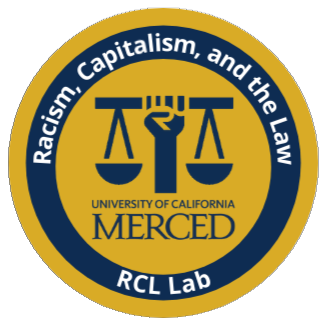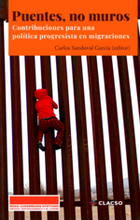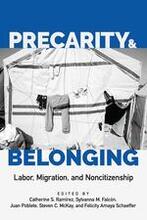Draws a direct line between redlining, incarceration, and gentrification in an American city.
This book shows how a century of redlining, disinvestment, and the War on Drugs wreaked devastation on Black people and paved the way for gentrification in Washington, DC. In Before Gentrification, Tanya Maria Golash-Boza tracks the cycles of state abandonment and punishment that have shaped the city, revealing how policies and policing work to displace and decimate the Black middle class.
Through the stories of those who have lost their homes and livelihoods, Golash-Boza explores how DC came to be the nation's "murder capital" and incarceration capital, and why it is now a haven for wealthy White people. This troubling history makes clear that the choice to use prisons and policing to solve problems faced by Black communities in the twentieth century—instead of investing in schools, community centers, social services, health care, and violence prevention—is what made gentrification possible in the twenty-first. Before Gentrification unveils a pattern of anti-Blackness and racial capitalism in DC that has implications for all US cities.
Publications
2023
2022
When middle-class and White residents move into working-class and poor Black neighborhoods, are there increases in the frequency of arrests of Black people? There are a handful of published articles that examine quantitatively the relationship between gentrification and policing. These studies focus almost exclusively on Los Angeles and New York City and the focus on racialized policing is limited. The present study considers racialized policing in a city that was, until very recently, majority Black and explores the extent to which gentrification and racial change in Washington, DC are associated with enhanced policing of Black residents. A spatial regression analysis which models the association between gentrification, White encroachment, and the policing of Black residents using arrest data from the D.C. Metropolitan Police Department and a gentrification score based on American Community Survey data reveals clear racialized and spatial disparities in arrest rates in Washington, DC. We hypothesized that census tracts experiencing gentrification and White encroachment would have higher drug arrest rates of Black residents. We found support for our White encroachment hypothesis but not for our gentrification hypothesis.
2021
Research on crime and neighborhood racial composition establishes that Black neighborhoods with high levels of violent crime will experience an increase in Black residents and concentrated disadvantage—due to the constrained housing choices Black people face. Some studies on the relationship between gentrification and crime, however, show that high-crime neighborhoods can experience reinvestment as well as displacement of Black residents. In Washington, DC, we have seen both trends—concentration of poverty and segregation as well as racial turnover and reinvestment. We employ a spatial analysis using a merged data set including crime data, Census data, and American Community Survey (ACS) data to analyze the relationship between crime and neighborhood change at the Census tract level. Our findings demonstrate the importance of distinguishing between periods of neighborhood decline and ascent, between the effects of property and violent crime, and between racial change and socioeconomic change.
Citizenship rights are often unevenly allocated—sometimes by design and sometimes not. Even when citizenship rights are evenly allocated on paper, these rights are often unevenly distributed in practice, with some people experiencing full citizenship and others lesser forms of citizenship. Citizenship is both inclusionary and exclusionary. Through its inclusionary aspects, citizenship is the foundation of a democratic society. Through its exclusionary aspects, citizenship produces denizens, undocumented populations, and other precarious individuals who are excluded from the polity and denied the right to shape their environment via voting and running for office. When people cross borders without following the host country’s legal process, they often become labeled “illegal.” Illegality, however, is a racialized category that sticks to some people more than others. Immigrants labeled as illegal experience not only the denial of rights but also enhanced vulnerability. Citizenship, illegality, and legality are constructed in different ways across time and space. These socially and legally constructed categories have significant consequences for people’s lives.
Research on the impacts of incarceration and deportation describes the negative consequences for children and young people. But how these events impact adults and members of extended families has not been broadly considered. And no study has directly compared incarceration with deportation. The study described in this essay, based on interviews with 111 adult individuals with a family member deported (57) or incarcerated (54), reveals how these experiences have long-lasting emotional and financial impacts and considers the similarities and differences between incarceration and deportation. The deportation or incarceration of parents is devastating; yet the absence of other relatives such as sons, sisters, brothers, aunts, cousins, grandchildren, and other household members also translates into severe sentimental and economic hardships not only for the immediate but also for the extended family.



